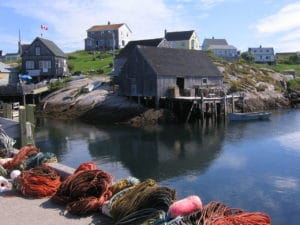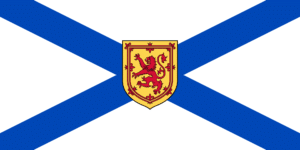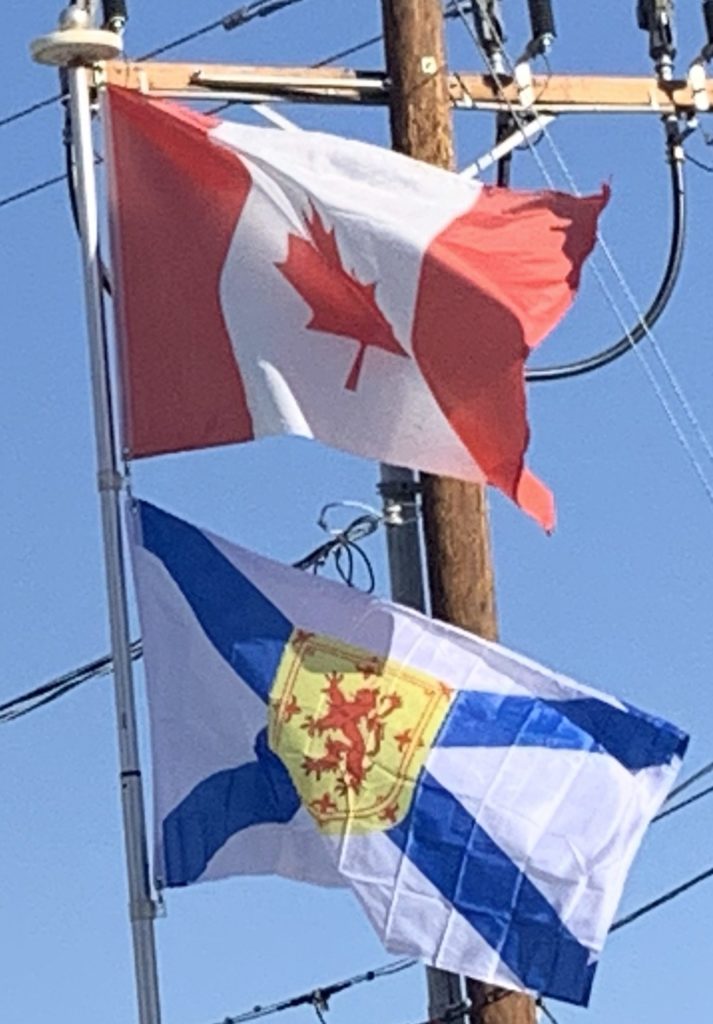
Nova Scotia’s defense and aerospace sector generates approximately $500 million in revenues and contributes about $1.5 billion to the provincial economy each year. To date, 40% of Canada’s military assets reside in Nova Scotia. Nova Scotia has the fourth-largest film industry in Canada hosting over 100 productions yearly, more than half of which are the products of international film and television producers. In 2015, the government of Nova Scotia eliminated tax credits to film production in the province, jeopardizing the industry given most other jurisdictions continue to offer such credits.
The Nova Scotia tourism industry includes more than 6,500 direct businesses, supporting nearly 40,000 jobs. Two hundred thousand cruise-ship passengers from around the world flow through the Port of Halifax, Nova Scotia each year. This industry contributes approximately $1.3 billion annually to the economy.

The province also boasts a rapidly developing Information & Communication Technology (ICT) sector which consists of over 500 companies, and employs roughly 15,000 people. In 2006, the manufacturing sector brought in over $2.6 billion in chained GDP, the largest output of any industrial sector in Nova Scotia. Michelin remains by far the largest single employer in this sector, operating three production plants in the province.
As of 2012, the median family income in Nova Scotia was $67,910, below the national average of $74,540; in Halifax the figure rises to $80,490.
The province is the world’s largest exporter of Christmas trees, lobster, gypsum, and wild berries. Its export value of fish exceeds $1 billion, and fish products are received by 90 countries around the world. Nevertheless, the province’s imports far exceed its exports. While these numbers were roughly equal from 1992 until 2004, since that time the trade deficit has ballooned. In 2012, exports from Nova Scotia were 12.1% of provincial GDP, while imports were 22.6%.

Transportation:
Private car is the most common means of transportation in Nova Scotia. There are also busses and shuttles in some locations.
VIA Rail train service is available to destinations to the west, particularly Montreal and Toronto.
There are seasonal ferries from Maine and Halifax and Nova Scotia is a popular stop on “leaf peeping” cruises in the fall.
Most visitors arrive by air and most of that traffic is through the Halifax Stanfield International Airport (YHZ).
Flag of Nova Scotia:
Created in 1858, the flag of Nova Scotia is a banner of the coat of arms of Nova Scotia, which were granted to the Scottish colony by King Charles I in 1625.
The flag of the modern Canadian province, a blue saltire on a white field (background), is a simple figure-ground reversal of the flag of Scotland (a white saltire, Saint Andrew’s cross, on a blue field), charged with an inescutcheon bearing the royal arms of Scotland, a gold shield with a red lion rampant surrounded by a loyal double tressure (a double border decorated with fleurs de lis).

